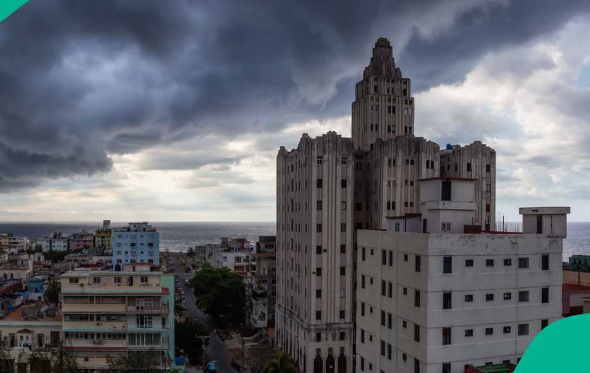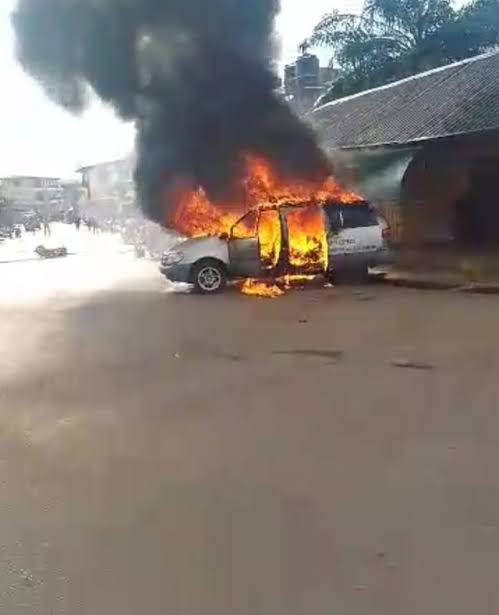Cuba has plunged into darkness once again as Hurricane Rafael’s fierce winds severed power across the island, according to the country’s electric company.
This outage comes just weeks after another nationwide blackout, underscoring the fragility of Cuba’s power infrastructure. The Category 3 storm, with maximum sustained winds of 115 mph, swirled past the Cayman Islands and made landfall in the province of Artemisa at 4:15 p.m. on Wednesday.
The National Hurricane Center confirmed the hurricane’s trajectory, which caused significant disruption in its wake.
In October, millions of Cubans experienced a power crisis that prompted emergency measures by the government, including the suspension of classes, closure of some state-owned workplaces, and cancellation of nonessential services.
Many Cubans resorted to cooking with improvised wood stoves on the streets as they waited for power restoration, fearing the spoilage of food in their refrigerators.
This recent outage is part of an ongoing series of energy distribution issues in Cuba, where electricity is often restricted and rotated among different regions.
The aftermath of Hurricane Ian left numerous power installations damaged, causing some homes to endure up to eight hours without electricity daily....Read Full Article [Click Here>]
The October blackout was marked as the worst in Cuba’s recent history, with authorities taking days to restore power to about 2 million people.
In response to the looming threat of Hurricane Rafael, the U.S. State Department issued an advisory on Tuesday, offering departure flights to non-essential staff and American citizens, and advising others to reconsider travel to Cuba.
The advisory came as the storm intensified from a tropical storm into a hurricane.
The Cuban Civil Defense urged residents to prepare immediately, stressing the importance of staying indoors when the storm hit. Authorities also issued an evacuation order for 37,000 residents in Guantanamo province due to severe weather concerns.
Hurricane Rafael is expected to continue its path toward Florida and nearby southeastern U.S. regions, bringing heavy rainfall and storm surges predicted to reach 1 to 3 feet in Dry Tortugas and 1 to 2 feet in the Lower Florida Keys.





